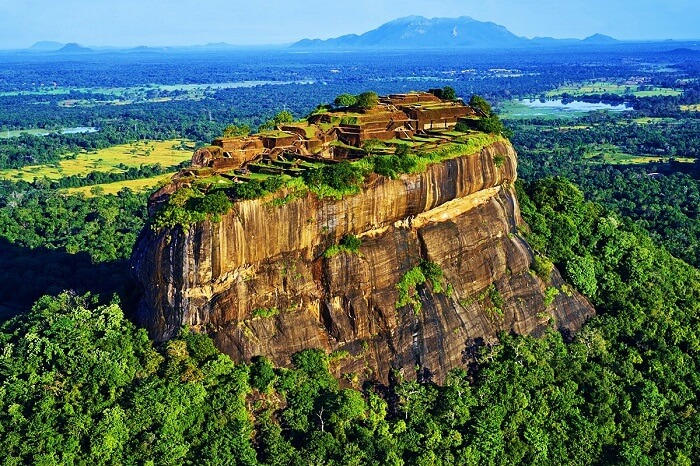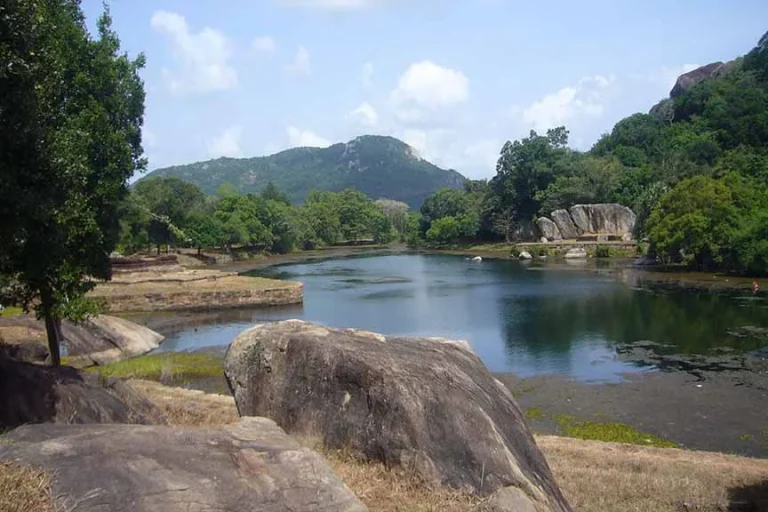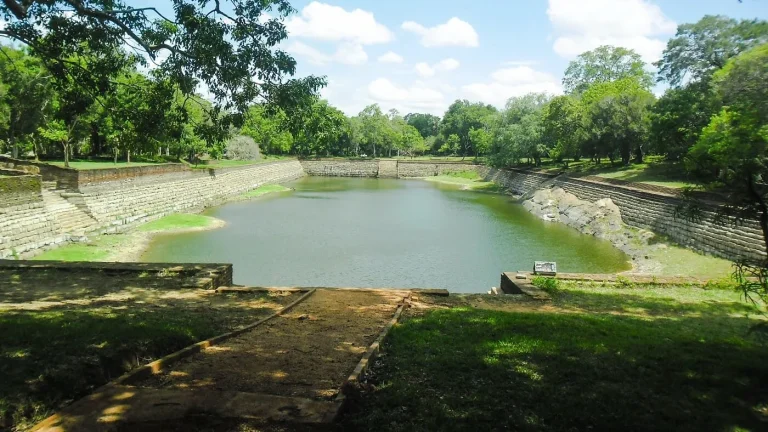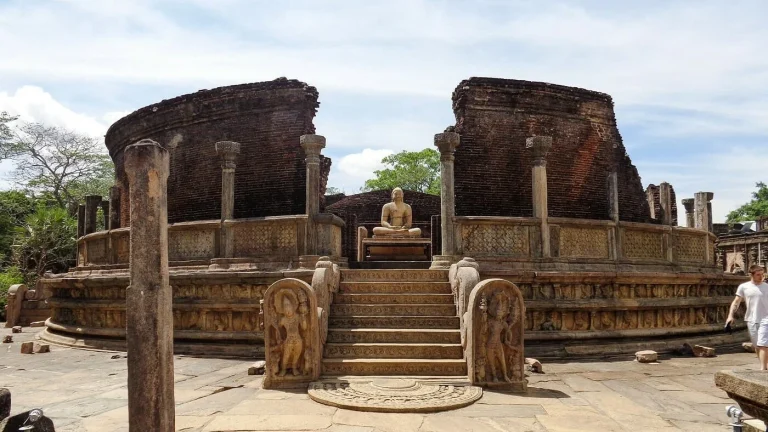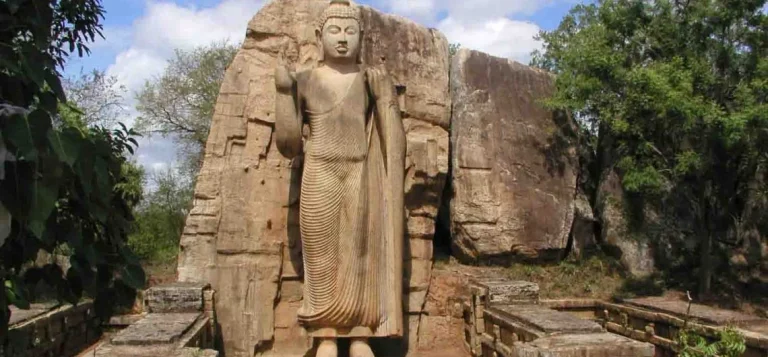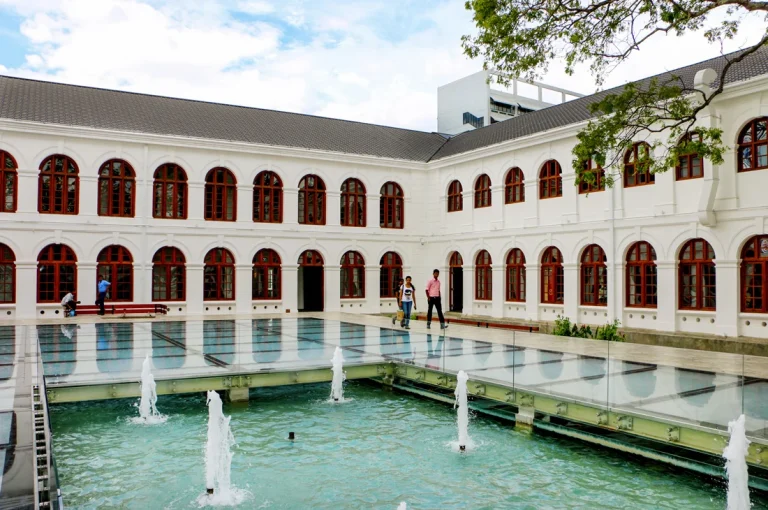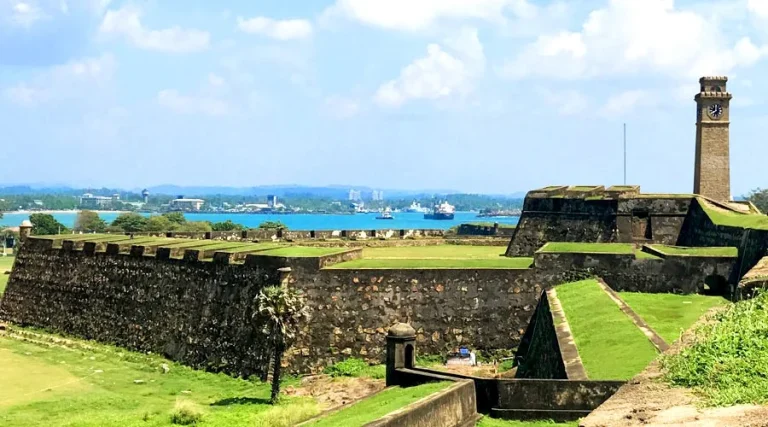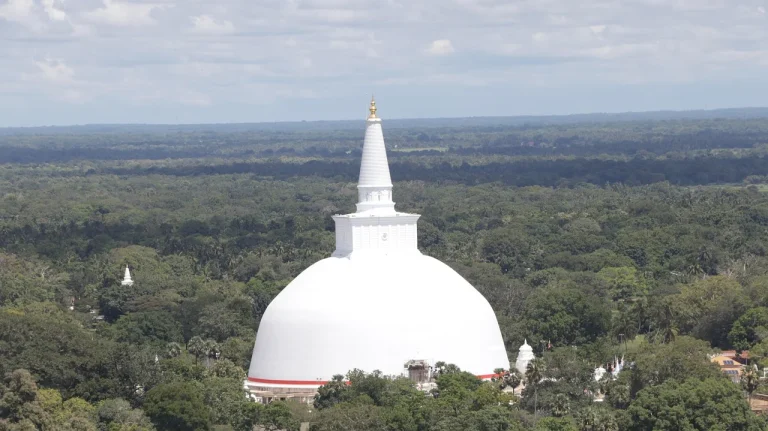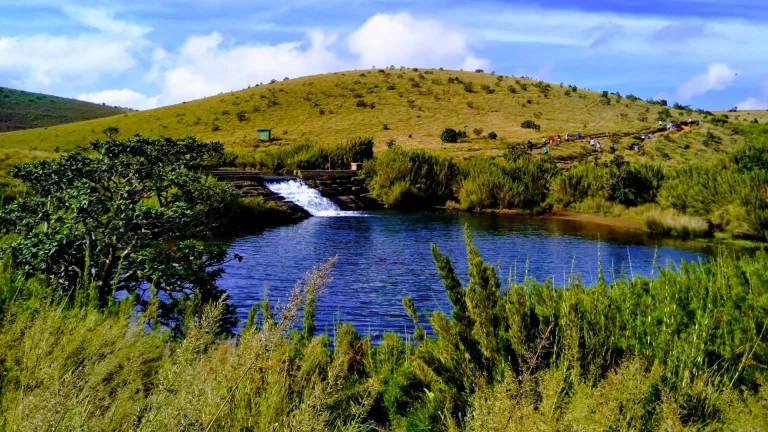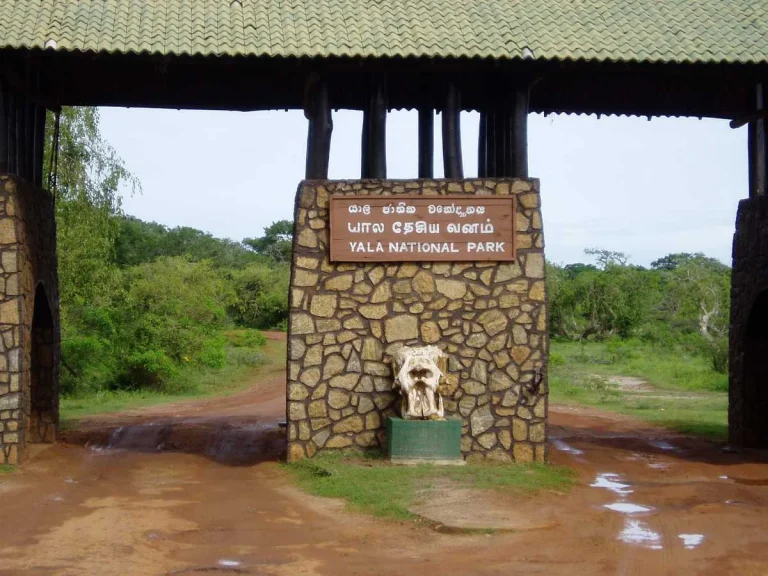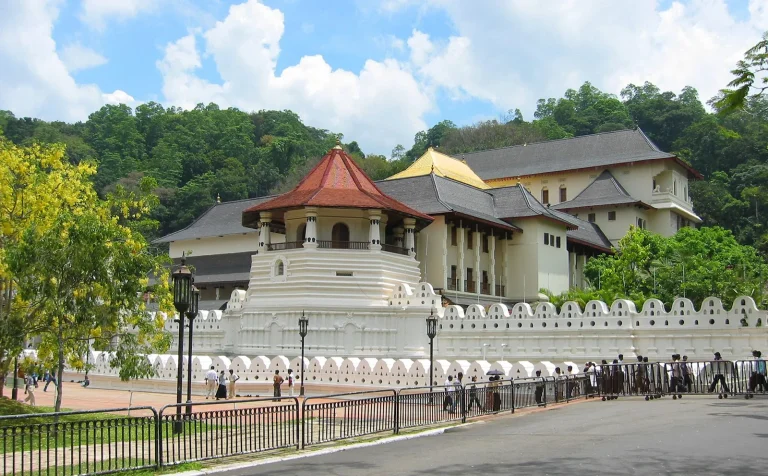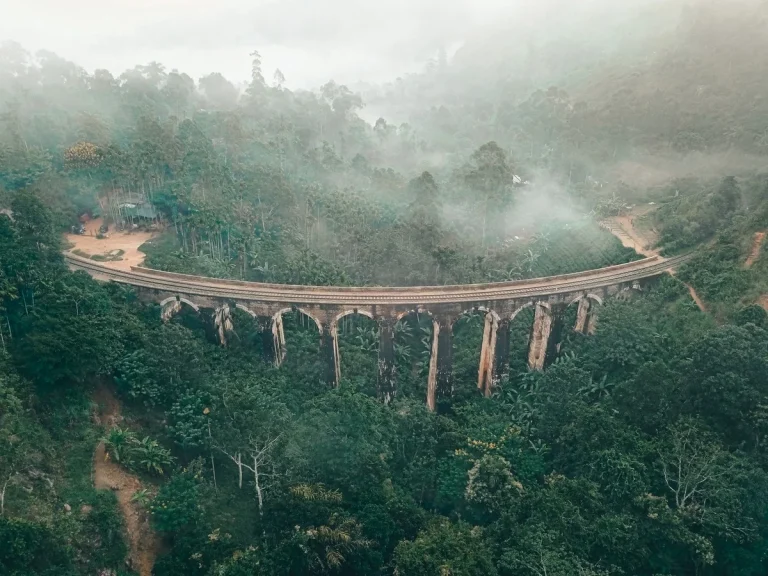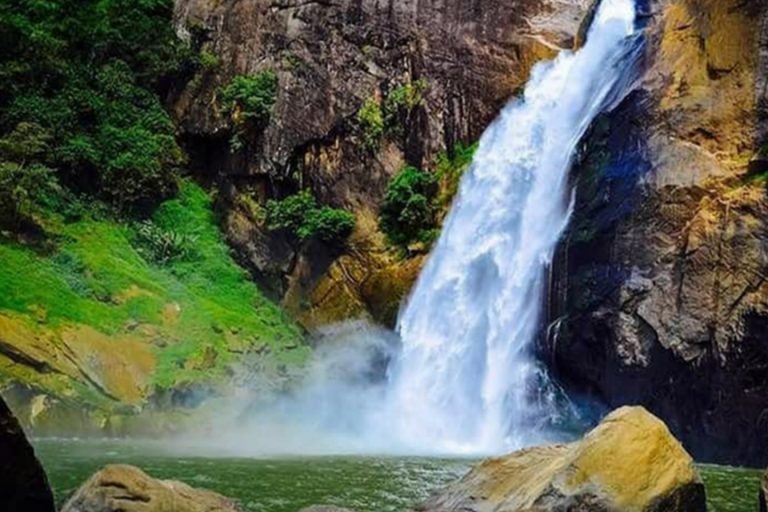All Provinces
Discover Sigiriya Rock Fortress: Sri Lanka’s Majestic Ancient Wonder
Situated in the heart of Sri Lanka’s Cultural Triangle, the Sigiriya Rock Fortress stands as a remarkable blend of history, nature, and culture. Often hailed as the “Eighth Wonder of the World,” this UNESCO World Heritage site is one of the country’s most iconic attractions. Towering 200 meters above lush plains, Sigiriya, or Lion Rock, is a journey through ancient Sri Lanka, offering panoramic views, centuries-old frescoes, and the remnants of a 5th-century royal palace.
The History and Legends of Sigiriya Rock Fortress
Sigiriya’s historical significance is just as mesmerizing as its towering presence. Built by King Kashyapa I between 477 and 495 AD, the fortress was his royal residence after seizing the throne from his father, King Dhatusena. Fearing revenge from his half-brother, Kashyapa constructed his capital on the imposing Sigiriya Rock to safeguard his rule.
However, Sigiriya’s story predates Kashyapa’s reign. Archaeological findings suggest the site was a monastery as early as the 3rd century BC. Following Kashyapa’s death in 495 AD, Sigiriya was abandoned and later served as a Buddhist monastic complex once more.
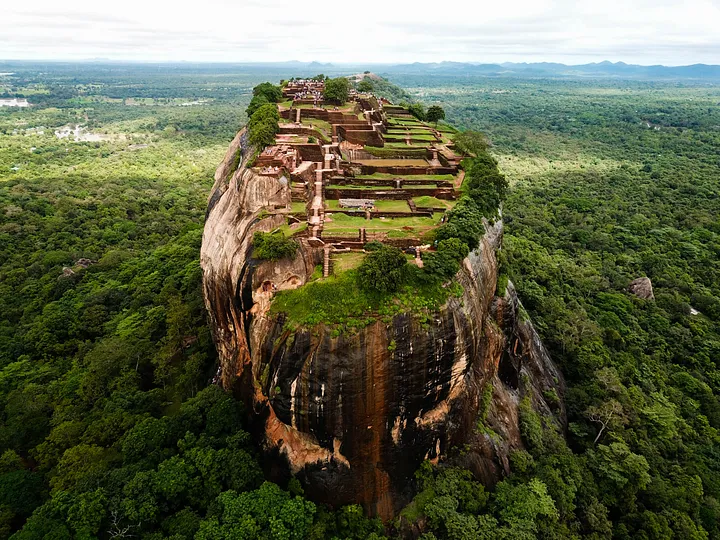
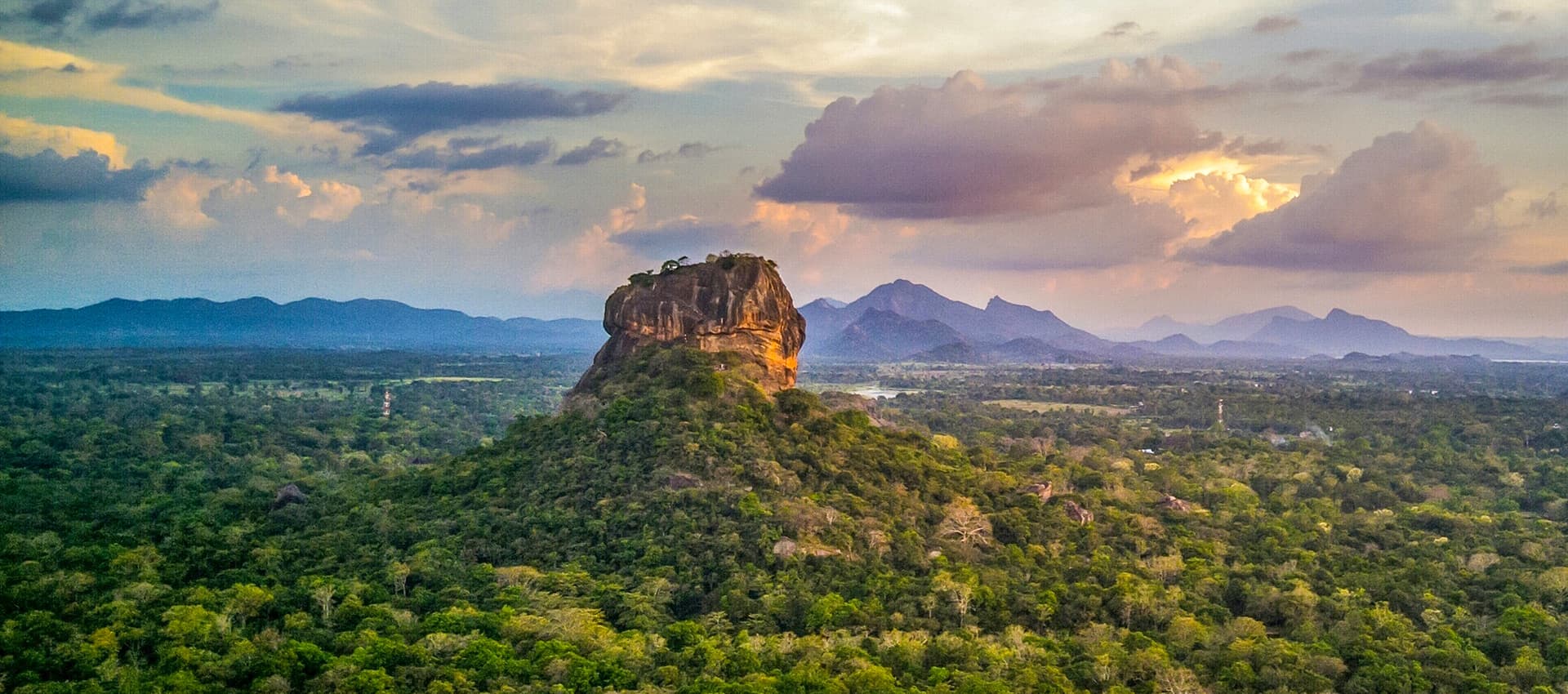
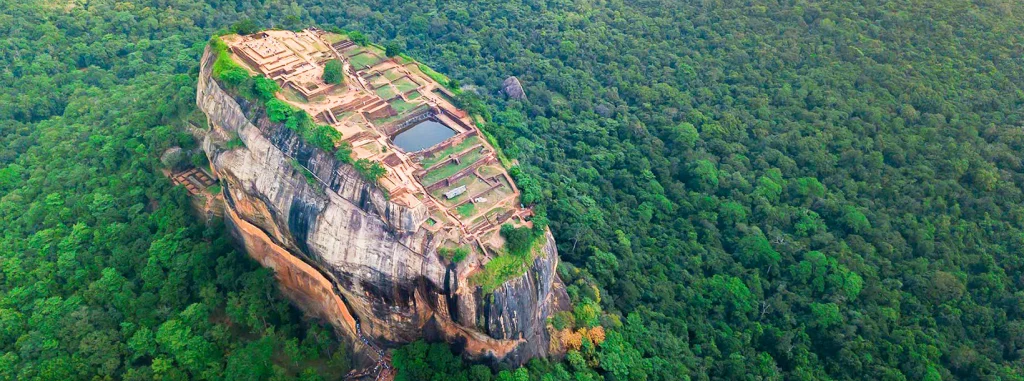

Climbing Sigiriya Rock: A Journey to the Summit
A visit to Sigiriya Rock is incomplete without scaling its heights. While the ascent involves approximately 1,200 steps, the effort rewards visitors with breathtaking views and historic discoveries.
The Ancient Gardens: Begin your journey at the base of the rock, where you’ll pass through a series of intricately designed Water, Boulder, and Terrace Gardens. These ancient gardens, engineered with advanced hydraulic systems, feature pools, fountains, and moats, showcasing the ingenuity of Sri Lanka’s early landscapers.
The Mirror Wall: As you ascend, you’ll encounter the famed Mirror Wall, once polished to reflect the king’s image. Today, this wall is adorned with ancient graffiti, written by visitors more than a thousand years ago. These inscriptions offer a fascinating glimpse into the thoughts of early travelers who admired Sigiriya’s beauty.
The Frescoes: One of the most iconic elements of Sigiriya is the gallery of frescoes about halfway up. These colorful paintings depict celestial maidens, also known as Apsaras. Preserved for centuries, these frescoes reflect either religious significance or a portrayal of the king’s harem, serving as masterpieces of ancient Sri Lankan art.
The Lion’s Gate: As you near the summit, you’ll reach the Lion’s Gate, the grand entrance to King Kashyapa’s fortress. In ancient times, the gate was flanked by a massive lion statue, with its paws and head sculpted from the rock. While only the paws remain today, they offer a glimpse into the grandeur that once greeted visitors.
The Summit: The final leg of the journey takes you to the flat-topped summit of Sigiriya Rock, which spans around 1.6 hectares. Here, you’ll find remnants of the royal palace, including walls, gardens, and a throne carved into the rock. The summit offers 360-degree panoramic views of the surrounding landscapes—an awe-inspiring reward for those who complete the climb.
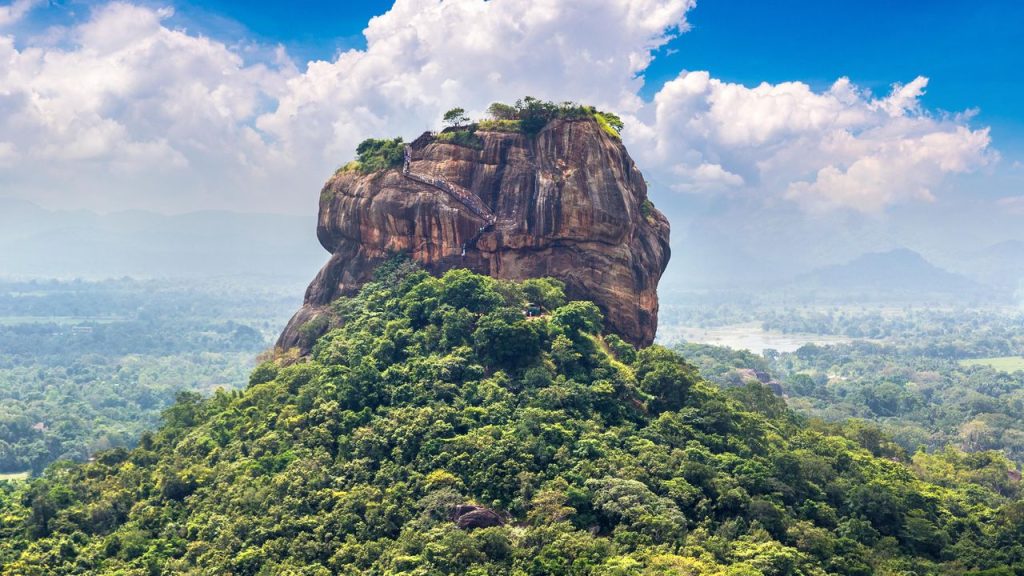
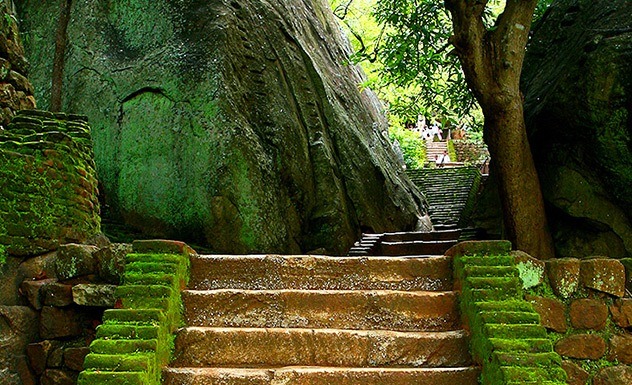
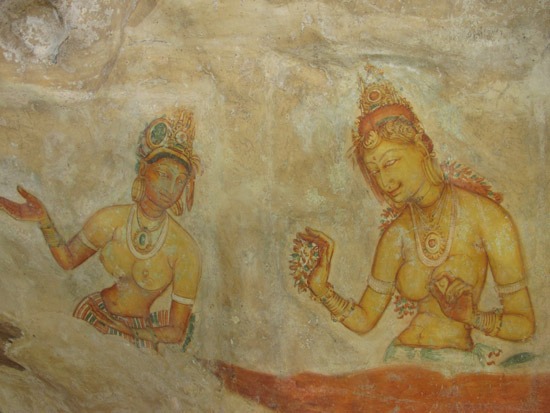
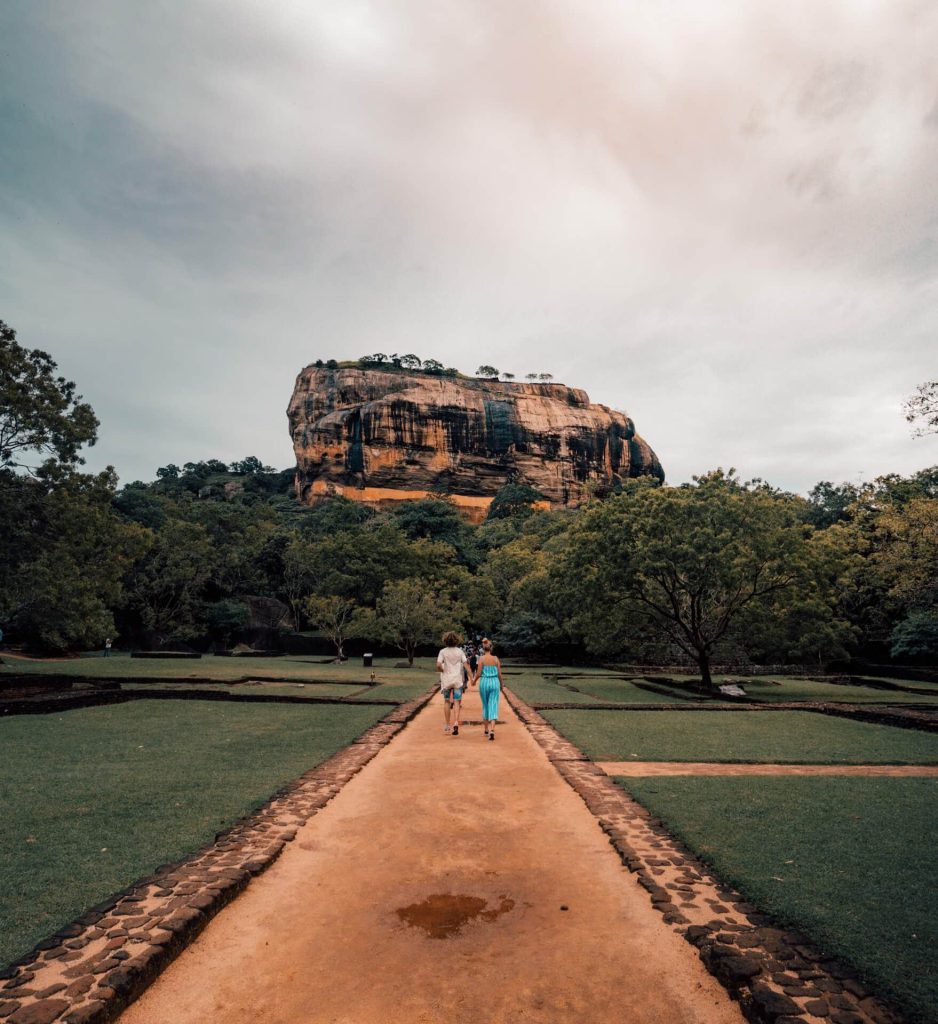
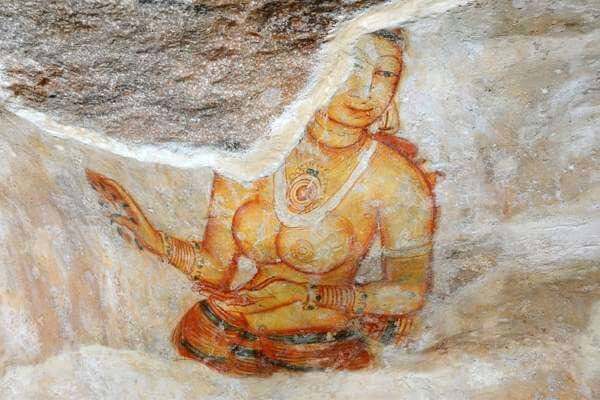
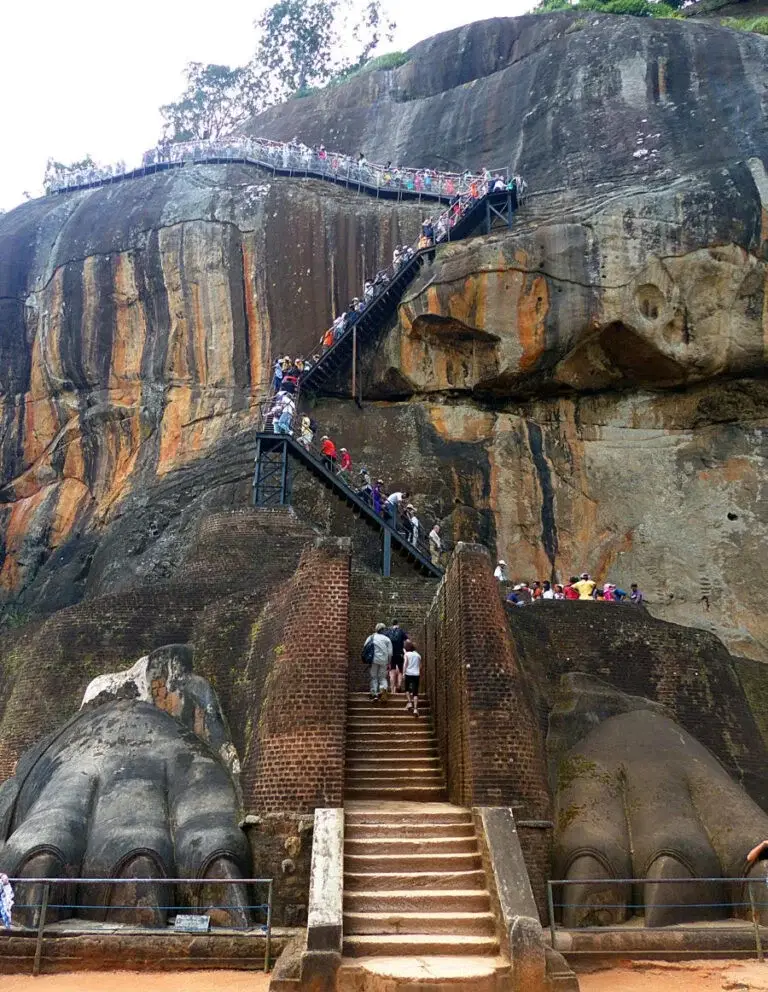
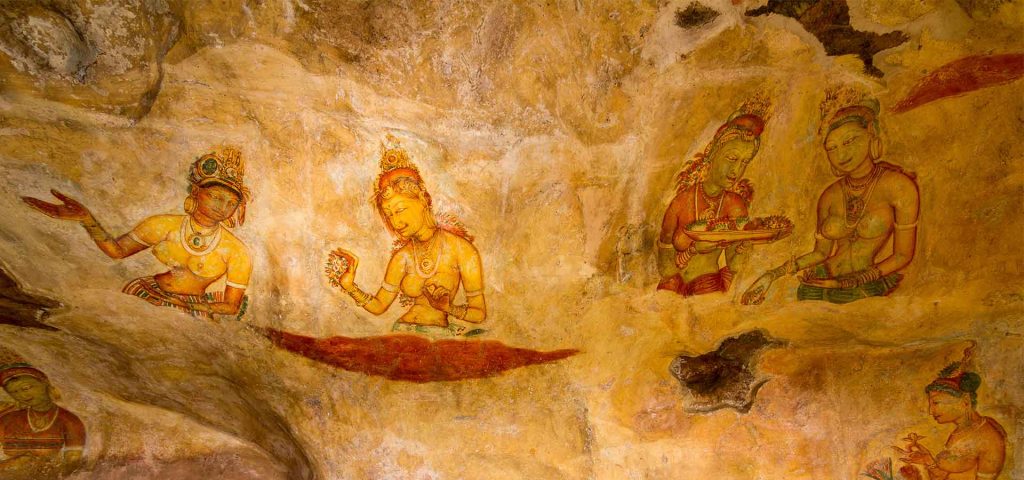
The Cultural Significance of Sigiriya Rock Fortress
Sigiriya is more than just a fortress; it embodies Sri Lanka’s rich cultural heritage. Its combination of natural beauty, architectural brilliance, and historical depth has earned it recognition as a UNESCO World Heritage site. The ancient artistry displayed in the frescoes, the intricate garden designs, and the fortress’s strategic layout highlight the site’s enduring cultural significance. For Sri Lankans, Sigiriya holds a deep sense of pride and stands as a symbol of the nation’s historical identity.
Practical Information for Visitors to Sigiriya
Best Time to Visit: To make the most of your Sigiriya experience, plan your visit during Sri Lanka’s dry season from December to April. The cooler early morning or late afternoon hours are ideal for climbing, allowing you to witness the sunrise or sunset from the summit.
Getting There: Sigiriya is located about 170 kilometers northeast of Colombo. The most convenient way to reach the site is by car or taxi, a journey that takes about 4-5 hours. Alternatively, you can take a bus or train to nearby Dambulla and then travel by tuk-tuk or taxi to Sigiriya.
Entrance Fees: For foreign visitors, the entrance fee is approximately $30, which includes access to the Sigiriya Museum—a must-see to deepen your understanding of the site’s history.
What to Bring: When visiting Sigiriya, wear comfortable clothing, sturdy shoes, and sun protection (hat and sunscreen). Bring plenty of water and don’t forget your camera to capture the stunning views and historical marvels.
Conclusion: Why You Should Visit Sigiriya Rock Fortress
The Sigiriya Rock Fortress is a must-see destination for anyone exploring Sri Lanka. Whether you’re an adventure seeker, history buff, or art enthusiast, Sigiriya has something for everyone. The breathtaking views, combined with its rich cultural and historical significance, make it an unforgettable experience. Climbing to the summit is more than just a physical challenge—it’s a journey through one of Sri Lanka’s most remarkable and iconic landmarks.
See More Tourist Places Click Here

